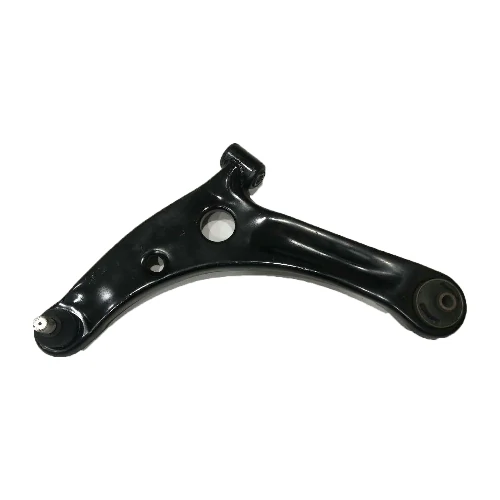The control arms are one of the most important components in a vehicle’s suspension system. These essential parts connect the wheel hubs to the frame and play a vital role in providing smooth rides and stable handling. Specifically, the control arms from upper and lower control arm factory allow the wheels to move up and down while preventing sideways motion. Maintaining the integrity of these parts through timely inspection and replacement is key to safety and performance.

What Do Control Arms Do?
Control arms attach to the vehicle frame on one end and the steering knuckles on the other. Ball joints at both ends allow the necessary range of motion. As the wheels encounter bumps in the road, the control arms pivot to absorb impacts and cushion the ride. At the same time, they keep the wheels stable and prevent excess lateral movement during turns and maneuvers. This retains proper alignment for straight tracking and even tire wear.
Control arms come in a variety of configurations and designs. Most passenger vehicles have short upper arms and long, angled lower arms made from stamped steel or forged aluminum. Trucks may incorporate extra links and arms for added load capacity. The control arm bushings are especially important, as these rubber mounts allow flexing while firmly locating the arms.
Signs Of Worn Control Arm Components
Because control arms handle so much stress, their components wear over time and mileage. If any of these symptoms are noticeable, have the control arms inspected right away. Damaged or loose components negatively impact handling and must be replaced before further damage occurs.
Here are indications that replacement may be needed:
• Looseness or excessive play in the ball joints
• Ball joint seals leaking lubricant
• Split, cracked, or collapsed control arm bushings
• Sloppy steering feel or wandering at highway speeds
• Uneven tire wear patterns like cupping or feathering
• Knocking, clunking, or popping noises during turns
• Excessive vibration coming from the front suspension
• Misalignment causing the vehicle to pull to one side
Why Replace Worn Control Arms?
It’s essential to swap out faulty control arms to:
• Restore proper wheel alignment and reduce tire wear
• Renew the suspension’s structural integrity
• Regain responsive steering and stable handling
• Eliminate noises and vibrations for a smooth ride
• Reestablish the critical connection between wheels and frame
• Improve braking by reducing wheel hop and dive
• Return suspension to factory design specifications
• Prevent damage to other steering and suspension parts
Control Arm Replacement Tips
Replacing worn control arms correctly is crucial:
• Always replace in pairs to retain symmetry
• Carefully follow manufacturer procedures for removal and torquing
• Use quality aftermarket or OEM control arms for proper fit and strength
• Make sure the arm length and bushings match OEM spec
• Use a shop press for safe bushing and ball joint replacement
• Have alignment checked after installation to adjust camber and toe
Rushing the job or using inferior parts compromises the integrity of this vital suspension component. Investing in professional replacement using top-quality parts ensures the safety and reliability of your vehicle’s steering for miles to come. Don’t cut corners on control arms.
